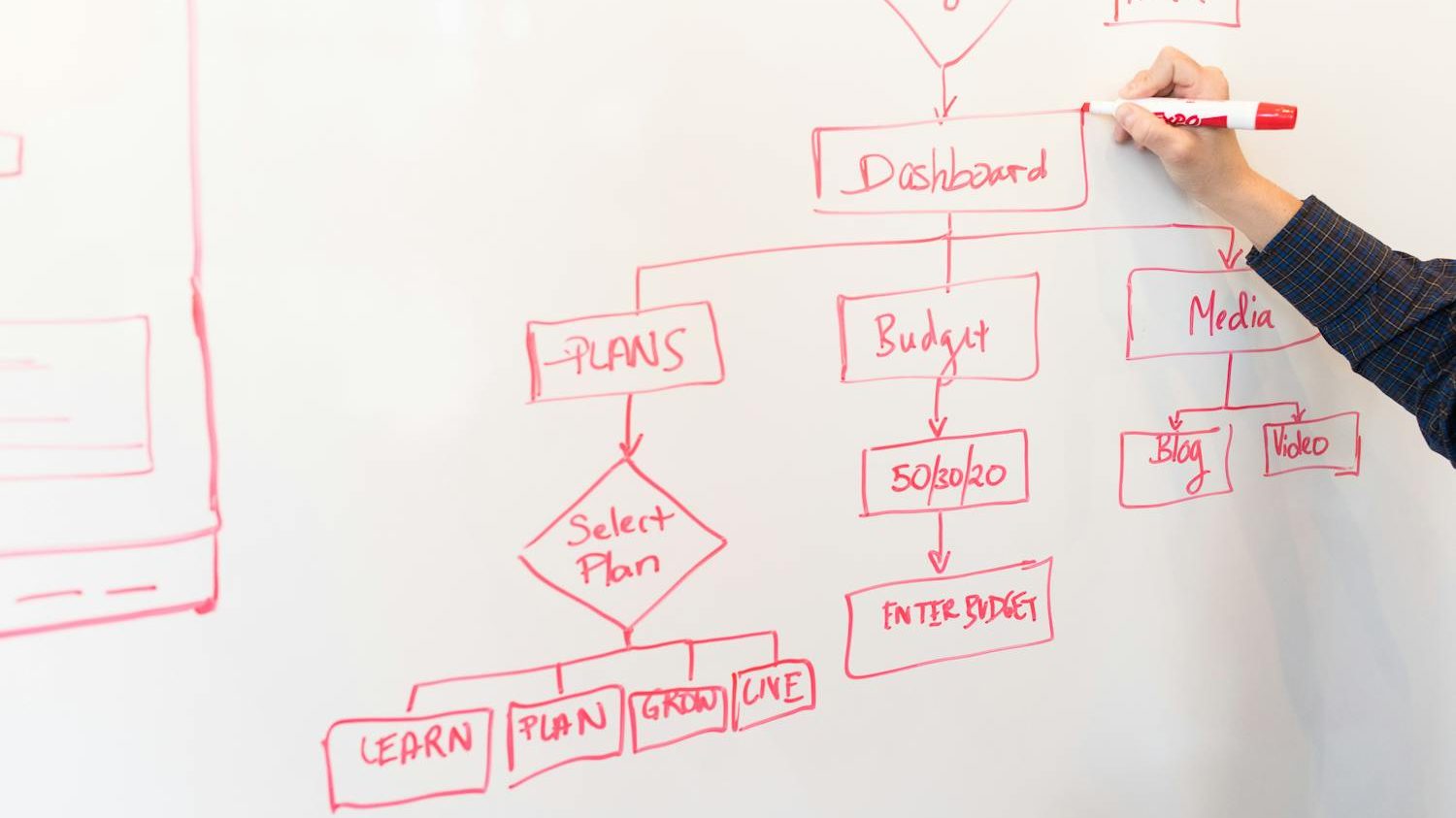Project management is essential in the fast-paced business realm nowadays. Without a defined plan, projects are easy to get out of hand and result in missed deadlines, wasted resources, and an upset team. “12 Project Management Strategies to Improve Efficiency” aims to point out the key tactics that project managers must have in place.
These strategies will allow them to reduce the time spent on tasks and also improve the results, so they can be able to stand out from their competitors.
These twelve best practices will increase efficiency, reduce risk and improve collaboration for even the smallest of projects or large-scale initiatives. These hands-on strategies are able to be implemented in any line of work, keeping you on the leading edge in a field that is always changing.
Let’s dive in!
Defining Project Efficiency
Project efficiency means the ability to reach project goals in a given time, cost and resources without downgrading quality.
This is improving the way work gets done, making sure it is performed in an optimal fashion so there are less waste and delays.

Image source: Pexels
12 Project Management Strategies to Improve Efficiency
1. Set clear goals
Project Management requires clearly written goals. Everyone might be all over the place or and struggle to focus or prioritize tasks without a defined purpose.
Clarify the success up front. Goals should be SMART—specific, measurable, achievable, relevant and time-bound. This makes it easy for everyone to know what is expected of them, reducing ambiguity and chances of miscommunication.
2. Communicate effectively
Every project needs to be based on quality communication. Establish a communication plan to identify what information, when and with who necessarily has to be shared.
Leverage Slack, Microsoft Teams, or Zoom to ensure updates are delivered in real time. Be in regular touch with that too through a meeting. definitely, you have to set a meeting otherwise, it will be overshoot by the time.
If there is any query or concern then discuss them and make sure everyone is aligned(balance/same) towards the same goal.
3. Use project management tools
Use a project management tool to get tasks organized, and roles assigned and track everything through technology.
Trello, Asana and Monday. You can also check out tools like Jira, Bitbucket and tools at git. The automation aspects of these tools can cover a lot of monotonous activities, which will then give all the extra time for other important things.
Having everything to do with a project in one spot, guarantees that the teams are doing work efficiently and keeping track of deadlines.
4. Prioritize time management
In project management, time is one of the most important resources. Tell your team to time-block or use the Pomodoro method, for instance.
When you break things down into bite-sized pieces, managing tasks becomes clearer and team members tend to be more productive.

Image source: Pexels
5. Embrace agile methodology
As times have evolved, Agile project management has gained momentum for its adaptability and iterative methodology.
Instead of following a well-defined plan, Agile uses feedback to adjust as it goes in response to change.
Schedule frequent sprints or reviews to measure progress and implement adjustments. It improves efficiency and produces better-quality results.
6. Risks and mitigation plan
Each project has its risks. It is best to recognize these potential issues early because once you identify them late in the cycle, they will be difficult roadblocks.
Create a risk management plan with countermeasures for different situations This helps keep your team ahead of the curve, instead of always frantically trying to put out fires while keeping en route with regard to project management. Update this plan as the project evolves.
7. Transfer progress reviews to keep processes and mindset dynamic
It is important to discuss the overall progress of the project to keep it running smoothly. Establish weekly or bi-weekly check-ins to assess what’s a hit-and-miss. Those reviews should be positive — providing improvement suggestions not problems.
The Key Performance Indicators, adjusted or acted upon based on results, is a way to make sure the project stays true to its purpose — that is by default right-sizing itself.
Read also: Project Management Career Progression
8. Empower your team
As people feel empowered to make their own choices, efficiency increases. Delegate work and trust your team to do what they are responsible for without chasing after them.
Empower problem-solving and innovation, building a culture where people are happy to propose ideas. Because no one wants to feel like a cog in the machine, empowered staff are motivated and invested in seeing projects succeed.
9. Optimize resource allocation
If one cannot manage resources well, that can lead to burnout and overrunning of budget.
Watch where and how resources are spent, whether it’s time, money or manpower. Track a good deal of these assets with resource management tools so you can optimize where the build is laid down throughout your project.
As such, you will be able to avoid wasting resources on the team and everyone is working at full capacity without any unnecessary delays.
10. Continuous enhancement coverage
You cannot just hope or try by chance to become efficient, it is a process that was not made in one attempt. At the end of each project phase, solicit feedback from your team and consider what could be improved.
Take this feedback as a learning curve, refine your processes, and introduce some new tools or improve the communication methods. With a culture of improvement and experience, each new project becomes more efficient.
11. Incorporate clients and stakeholders
To make sure that the outcome is perfect, companies can involve clients and stakeholders to save time for a project.
Provide early and often save these snapshots of your application. Keep them up to date with regular touchpoints so they can give you timely input.
This in turn prevents the wasting of time with changes during a last-minute rush. These insights can also detect issues before they become menacing, facilitating faster course correction.
12. Learn from past projects
Becoming more efficient starts by learning from past experiences. Perform post-project reviews to find out what went well and what did not.
Record the main observations and what worked out, so you can use them in your next work. It not only helps you stop making the same mistakes twice. It also contributes to your project management strategy’s ongoing growth and development.
Read also: Jobs with Career Progression
Wrap-Up: 12 Project Management Strategies to Improve Efficiency
When you effectively manage projects, it’s not only about on-time delivery — you want the most out of your team and resources as well. These 12 process-improvement strategies will allow you to formulate a less fragmented and more elastic structure that paves the way for successful projects.
Anything you can do to help improve the quality of communication, keep up with technology, and learn from past projects will result in more productive teams that work together well.
In this way, keeping things agile and open to iterative changes is becoming the name of the game in an ever-shifting business landscape. Continue working on your system and see an increase in the efficiency of your projects.
